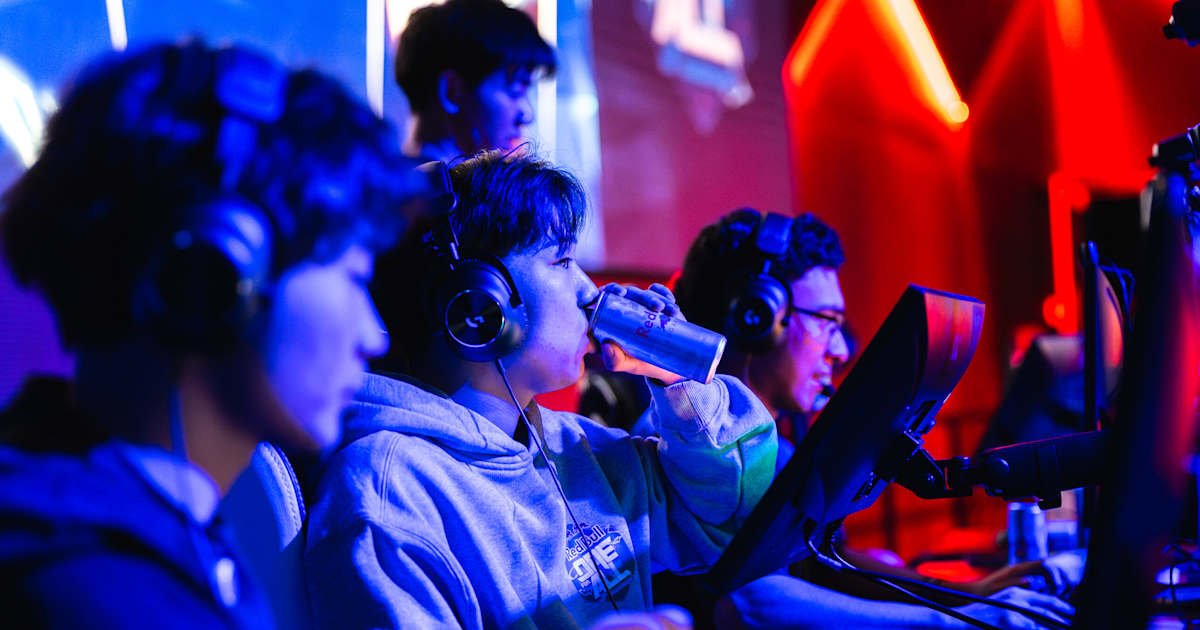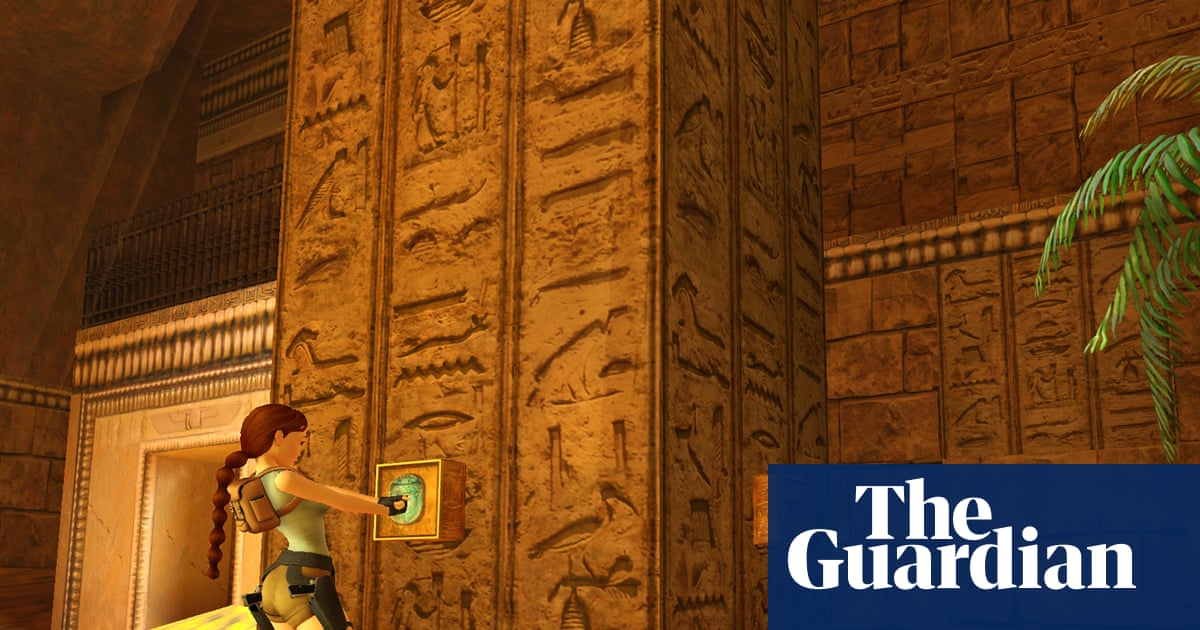The 2-year overall survival rate in the DART and standard of care groups were 96.9% vs 98.3% with an HR of 1.68.
Patients treated with de-escalated adjuvant radiation therapy (DART) exhibited lower cumulative rates of toxicity vs patients with standard of care therapy for HPV-associated oropharyngeal squamous cell carcinoma (OPSCC), according to findings from the open-label, phase 3 MC1675 trial (NCT02908477) published in The Lancet Oncology.1
Among patients treated with de-escalated radiation therapy (n = 125) or standard of care adjuvant therapy (n = 61) were included in the primary analysis, the cumulative chronic grade 3 or higher toxicity rate from 3 to 24 months of treatment was 3% and 11%, respectively (P = .042). Additionally, the cumulative chronic percutaneous endoscopic gastric (PEG) tube rate was 2% vs 8% (P = .039).
The most common grade 3 late toxic effects in the DART arm included 2 instances of dysphagia, and single instances of hearing impairment and esophagitis. In the standard of care arm, the most common grade 3 late toxic effects included 5 instances of dysphagia, and individual occurrences of dry mouth, fatigue, esophagitis, osteonecrosis of the jaw, peripheral motor neuropathy, and generalized pain.
The 2-year overall survival (OS) rate in the DART and standard of care groups were 96.9% (95% CI, 93.9%-99.9%) vs 98.3% (95% CI, 95.0%-100%) with an HR of 1.68 (95% CI, 0.36-7.95; P = .51). The 2-year progression-free survival (PFS) rates were 88.2% (95% CI, 82.7%-94.0%) vs 96.6% (95% CI, 92.0%-100%), with an HR of 4.76 (95% CI, 1.11-20.40; P = .0203).
A post hoc analysis revealed that stratification factors, including extranodal extension and smoking history, remained significant (P = .025; P = .031). Among patients with negative extranodal extension, the cumulative chronic grade 3 or higher toxicity rate in the DART cohort was 4% vs 13% in the standard of care group and 3% vs 11% in the positive extranodal extension group.
“[The phase 3 MC1675 trial] demonstrated that a reduced post-operative dose of de-escalated adjuvant radiation therapy DART) for patients with HPV-associated oropharynx [SCC] yielded significantly lower toxicity and improved patient quality of life compared with standard of care adjuvant treatment, a finding that persisted even at 2 years after treatment,” Daniel J. Ma, MD, head and neck radiation oncologist in the Department of Radiation Oncology and co-leader of the Oropharynx Multi-disciplinary Clinic at Mayo Clinic, wrote in a written statement to CancerNetwork®. “Disease control with DART was also excellent for appropriately selected patients, particularly those without extranodal extension. Importantly, MC1675 also demonstrated that patients with more involved lymph nodes (pN2) were at greater risk for distant disease and should not be de-escalated.Future work will concentrate on biological biomarkers to determine the best patients for treatment de-escalation.”
Patients 18 years and older with American Joint Committee on Cancer (AJCC) 7th edition pathological stage III to IV HPV-associated OPSCC were enrolled and randomly assigned 2:1 to receive DART (n = 130) or standard of care (n = 64), with 125 and 62 patients, respectively, included in the primary analysis. Patients were stratified by the presence of extranodal extension and smoking history, defined as less than 10 packs per year or at least 10 packs per year.
DART consisted of 30 to 36 Gy in 1.5 to 1.8 Gy fractions twice daily over 2 weeks and 15 mg/m2 of intravenous docetaxel on days 1 and 8. Standard of care consisted of 60 Gy in 2 Gy fractions once daily over 6 weeks and 40 mg/m2 once weekly intravenous cisplatin. The primary analysis was conducted among patients who received treatment and had no data missing.
The primary end point of the trial was a chronic cumulative grade 3 or higher toxicity rate. Secondary end points included disease-free survival, OS, PFS, locoregional disease control, distant metastasis-free survival, and quality of life.
In the DART and standard of care arms, the median age was 59.4 years (range, 37.9-81.6) vs 59.2 years (range, 48.0-72.5), and 88% vs 91% were male. Patients were most commonly White (94% vs 95%) and non-Hispanic (90% vs 91%). Additionally, most patients had AJCC 7th edition N1 disease (58% vs 66%), T2 disease (50% vs 45%), and no smoking history (72% vs 72%).
Reference
Ma D, Price K, Moore E, et al. De-escalated adjuvant radiotherapy versus standard adjuvant treatment for human papillomavirus-associated oropharyngeal squamous cell carcinoma (MC1675): a phase 3, open-label, randomised controlled trial. Lancet Oncol. 2025;26(9):1227-1239









